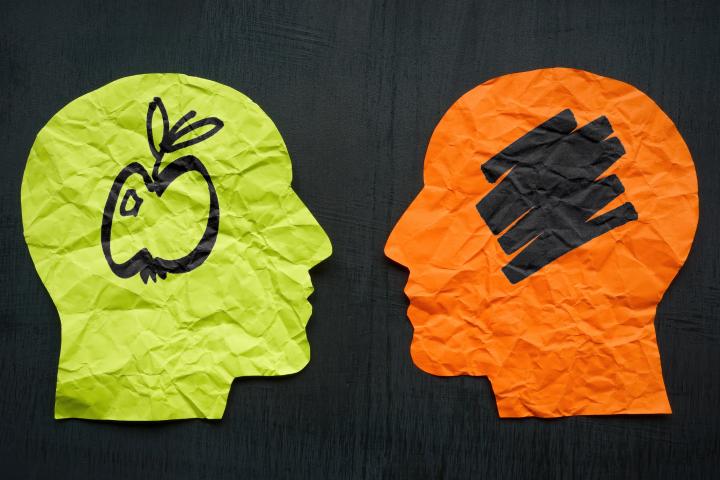Study explores inability to form mental images
People who can’t visualise an image in their mind’s eye are less likely to remember the details of important memories or to recognise faces, according to research.

Those with aphantasia – the inability to form mental images – are also less likely to experience imagery of other kinds, such as imagining music.
However, experts stress that lack of imagery does not imply a lack of imagination, and that the impact of having aphantasia on everyday functioning is subtle.
Identifying condition
The findings are outlined in a review of studies into the phenomenon, which was first recognised by Professor Adam Zeman, Honorary Fellow at the University of Edinburgh’s Centre for Clinical Brain Sciences, who coined the term aphantasia in 2015.
Since then, tens of thousands of people worldwide have identified with the description. Many say they knew they processed information differently to others, but were unable to describe how. Some expressed shock on discovering that other people can conjure up an image in their mind’s eye.
Multiple subtypes
Research indicates that aphantasia is not a single entity, but has subtypes. For example, not everyone with aphantasia has a poor autobiographical memory or difficulty in recognising faces, and in a minority of people, aphantasia appears to be linked to autism.
People who cannot visualise are more likely to have scientific occupations, the review found. Unexpectedly, although people with aphantasia cannot visualise at will, they often dream visually.
Neural connectivity
The review provides evidence that whether people have aphantasia or hyperphantasia – a particularly vivid visual imagination – is linked to variations in their physiology and neural connectivity in the brain, as well as in behaviour.
For example, people with aphantasia are much less likely to sweat when reading a scary story as imagery appears to be the trigger for this bodily response.
Aphantasia is thought to affect around four per cent of the population, while between five and 10 per cent have hyperphantasia. Both aphantasia and hyperphantasia often run in families, hinting at the possibility of a genetic basis.
Coining the term ‘aphantasia’ has unexpectedly opened a window on a neglected aspect of human experience. It is very gratifying that people who lack imagery have found the term helpful, while a substantial surge of research is shedding light on the implications of aphantasia. The consensus among researchers is that neither aphantasia nor hyperphantasia is a disorder. These are variations in human experience with roughly balanced advantages and disadvantages. Further work should help to spell these out in greater detail.
Related links
Read the full paper in Trends in Cognitive Sciences
Centre for Clinical Brain Sciences
Image credit: designer491 via Getty Images

